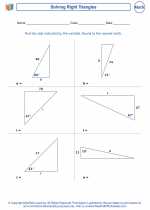Vertical Line
A vertical line is a straight line that runs up and down, perpendicular to the horizontal line. In mathematics, a vertical line is represented by the equation x = a, where "a" is the x-coordinate of the points on the line. This means that for every point on the line, the x-coordinate remains the same.
Characteristics of a Vertical Line:
- Direction: Vertical lines run straight up and down.
- Equation: The equation for a vertical line is x = a, where "a" is the x-coordinate.
- Slope: The slope of a vertical line is undefined, as it has no incline.
- Parallel Lines: All vertical lines are parallel to each other.
Graphing a Vertical Line:
To graph a vertical line, simply plot points that have the same x-coordinate and connect them with a straight line. For example, to graph the line x = 3, you would plot all points where x = 3, resulting in a straight vertical line passing through the point (3, 0).
Study Guide:
When studying vertical lines, make sure to understand the concept of a vertical line and its equation x = a. Practice graphing vertical lines on the coordinate plane and understand their characteristics such as direction, equation, slope, and parallelism.
Key points to remember:
- Vertical lines run up and down.
- The equation of a vertical line is x = a.
- Vertical lines have an undefined slope.
- All vertical lines are parallel to each other.
Understanding vertical lines is important in various mathematical concepts such as coordinate geometry, equations of lines, and graphing functions.
.◂Math Worksheets and Study Guides Seventh Grade. The Pythagorean Theorem

 Study Guide
Study Guide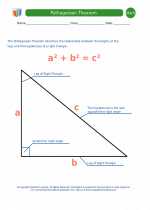
 Worksheet/Answer key
Worksheet/Answer key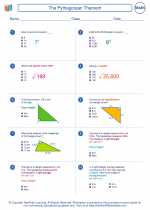
 Worksheet/Answer key
Worksheet/Answer key
 Worksheet/Answer key
Worksheet/Answer key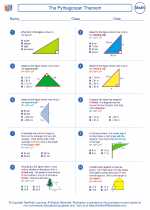
 Worksheet/Answer key
Worksheet/Answer key
 Worksheet/Answer key
Worksheet/Answer key
 Worksheet/Answer key
Worksheet/Answer key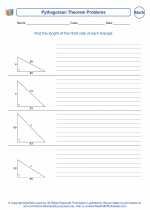
 Worksheet/Answer key
Worksheet/Answer key
 Worksheet/Answer key
Worksheet/Answer key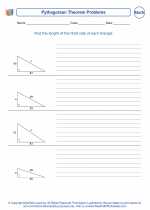
 Worksheet/Answer key
Worksheet/Answer key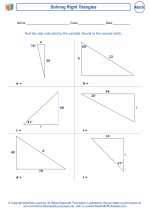
 Worksheet/Answer key
Worksheet/Answer key